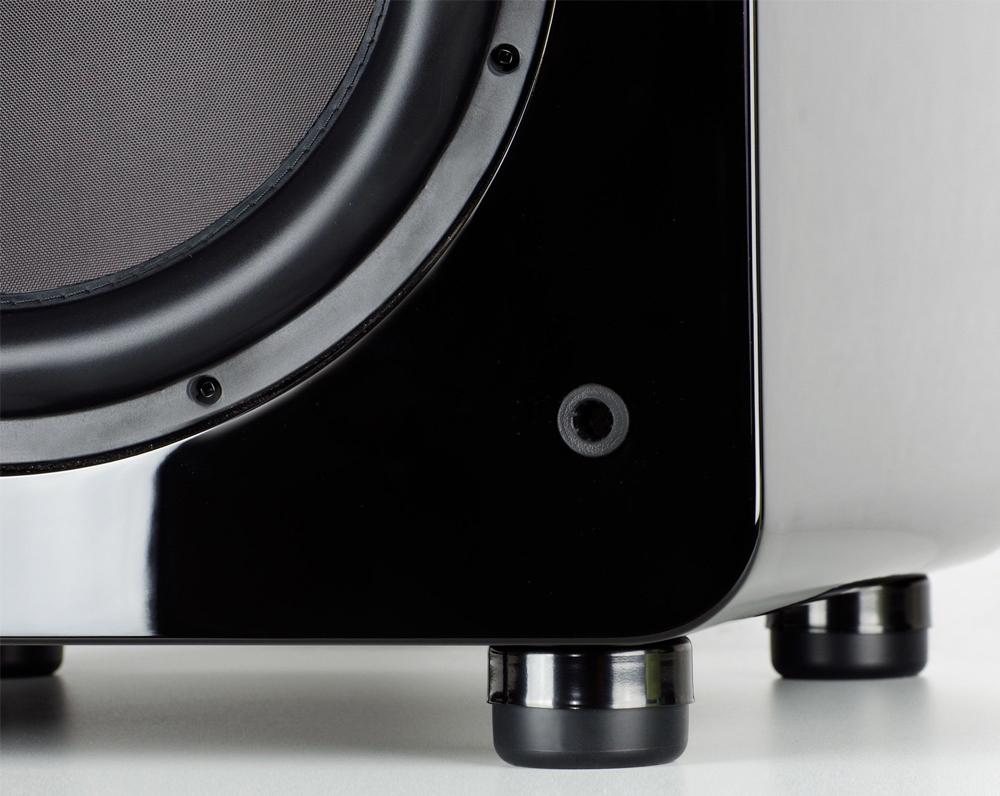Bad Vibrations: How to Reduce Subwoofer Room Rattle and Be a Better Neighbor
If you have one or more subwoofers in your stereo or home theater system, you know the fun of room-shaking bass from exploding rockets to thrumming bass lines and palpable cinematic explosions. Unfortunately, so do others in your home and even your neighbors—though they might not find it so much fun. In addition, that powerful bass might cause items in your home to rattle, distracting you from the action or even knocking things off the wall.
What’s Causing the Rattles and Disturbing the Peace?
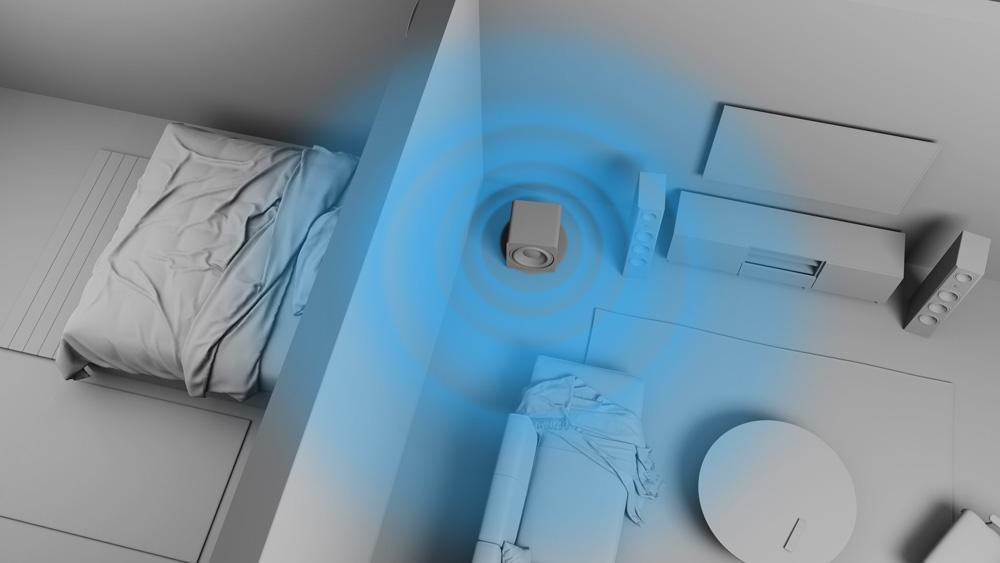
Subwoofers are different than the other loudspeakers in your system. They reproduce only low frequencies, and the output can be much greater, especially since human hearing is less sensitive to low frequencies. The driver and motor are larger and heavier, its back and forth excursion is greater, and it moves much more air than the main speakers.
At high playback levels, a subwoofer generates massive sonic energy and the ensuing vibrations can be transferred to the floor, turning it into a giant diaphragm that transmits the vibration into the walls and throughout the entire home. This can be quite disturbing to the sense of immersion, not to mention your housemates and even your neighbors if you live in an apartment. Such a mechanical vibration can also cause items in the room, like pictures hanging on the wall and knick-knacks on shelves, to rattle.
Another part of the issue is the acoustic output of the sub. Low frequency sound waves travel much farther than mids and highs, passing through walls as if they weren't even there. By contrast, mid and high frequencies are much easier to contain and control within a room. Combined with the mechanical vibrations, it presents a challenge to contain the bass while still enjoying the chest-pounding sonic fun.
Solutions
Fortunately, there are effective ways to mitigate room rattle and upset neighbors. For example, if your AV receiver offers a high-pass filter—sometimes called "room-gain compensation"—you can engage it to reduce the level of the lowest frequencies; Audyssey calls this feature Low-Frequency Containment. This removes some of the acoustic energy from the deepest output, but it also somewhat defeats the purpose of having a great subwoofer. If you need help understanding whether your subwoofer can benefit from room gain and the process for optimizing, contact the SVS Sound Experts at custservice@svsound.com or 877.626.5623.
If you want to go the extra mile, you could try to completely soundproof your room. But that is a daunting and expensive proposition, typically requiring that you rebuild the room from the studs out—and maybe even replace the studs themselves. It essentially means building a sonically inert bunker so unless you have an unlimited budget and military-grade materials, it’s not really an option.
For a much simpler albeit somewhat labor-intensive solution; if objects in your room tend to rattle during climactic action scenes, you can use "sticky tack" or earthquake putty to hold pictures and knick-knacks in place.

Decoupling, the Best Way to Be a Better Neighbor and Reduce Room Rattle
To reduce mechanical vibrations that would otherwise be transferred to the floor, the best solution is "decoupling." Basically, this means minimizing contact between the sub and the floor and dampening the cabinet's vibrations before they reach the floor. Virtually all subs come with small feet that raise the cabinet off the floor, but in most cases, they don't do much to dampen the cabinet vibrations.
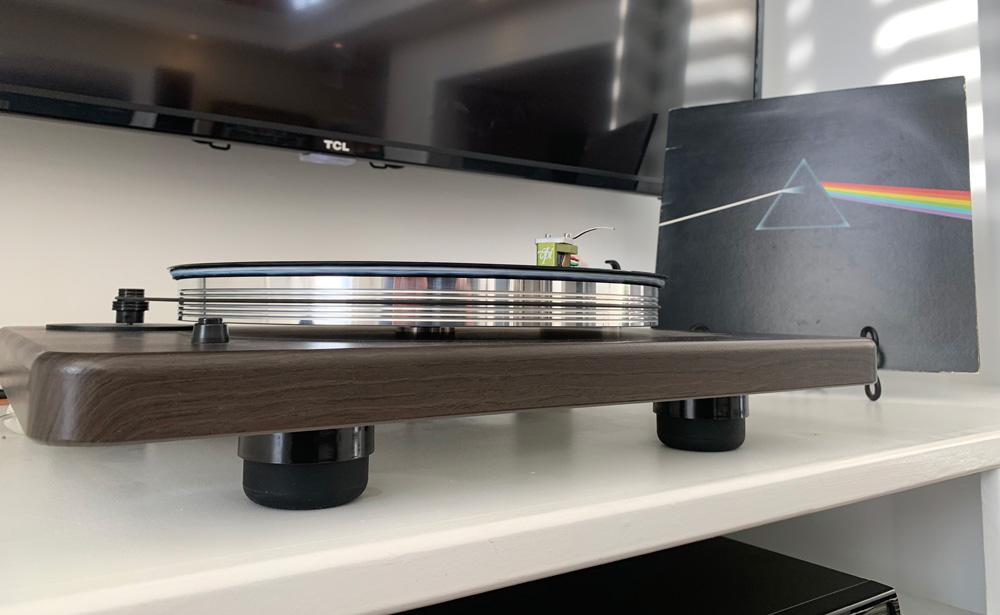
One way to decouple a sub from the floor is to place the sub on an isolation pad or platform. Typically, this is a flat piece of hard material sitting on a layer of foam, which dampens the cabinet vibrations. But isolation pads often look clunky and unattractive, and they can be expensive.
As an alternative to unsightly isolation platforms and pads, SVS designed the SoundPath Subwoofer Isolation System, which decouples by replacing the stock feet on nearly any brand or model of subwoofer. The system consists of specially engineered rubber-like elastomer footings with anodized steel outer shell that greatly dampens the cabinet vibrations at all frequencies. It looks elegant, installs in about 5-10 minutes and is cost effective. It can also be used with turntables, amplifiers and any component that would benefit from decoupling.
The Sonic Benefits of Decoupling a Subwoofer
Improving sound quality is another major reason why subwoofer owners decouple. The benefits are highlighted in many user and press reviews that confirm cleaner sounding bass with increased definition and more punch for an immediate and noticeable improvement to subwoofer performance. Plus, with less noise artifacts and floor/wall resonances, it’s easier to suspend your sense of disbelief and be immersed in the content.
For more on the SVS SoundPath Subwoofer Isolation System, check out video. Lead SVS Sound Expert Ed Mullen talks about the causes of subwoofer room rattle, decoupling and how to be a better neighbor in even greater detail.
If you have questions about reducing room rattle, bass management, choosing the best subwoofer or anything else, ask in the comments below.
How to Reduce Subwoofer Room Rattle and Vibrations to be a Better Neighbor.
- Adjust high pass filter or room gain compensation on your AV Receiver or subwoofer to reduce excessive low frequency output
- Decouple subwoofer from the floor by upgrading standard feet with SVS SoundPath Subwoofer Isolation System or adding a subwoofer isolation pad/platform
- Apply sticky tack or earthquake putty to pictures and room décor to reduce rattling
- Soundproof your room
SVS SoundPath Subwoofer Isolation System
Works with nearly every subwoofer brand and model to improve bass performance while drastically reducing floor and wall vibrations, noise artifacts and complaints from neighbors or roommates.
Shop NowAudio System Setup Articles
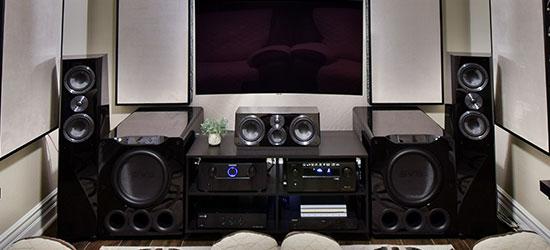
5 Ways to Improve the Sound of Your TV

Which Sounds Better, Vinyl or Digital Music?
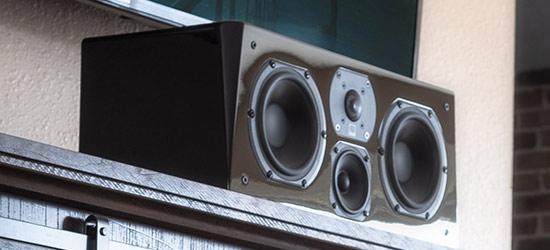
Why a Center Channel is the Most Important Speaker in Your Home Theater
Share Your Thoughts




